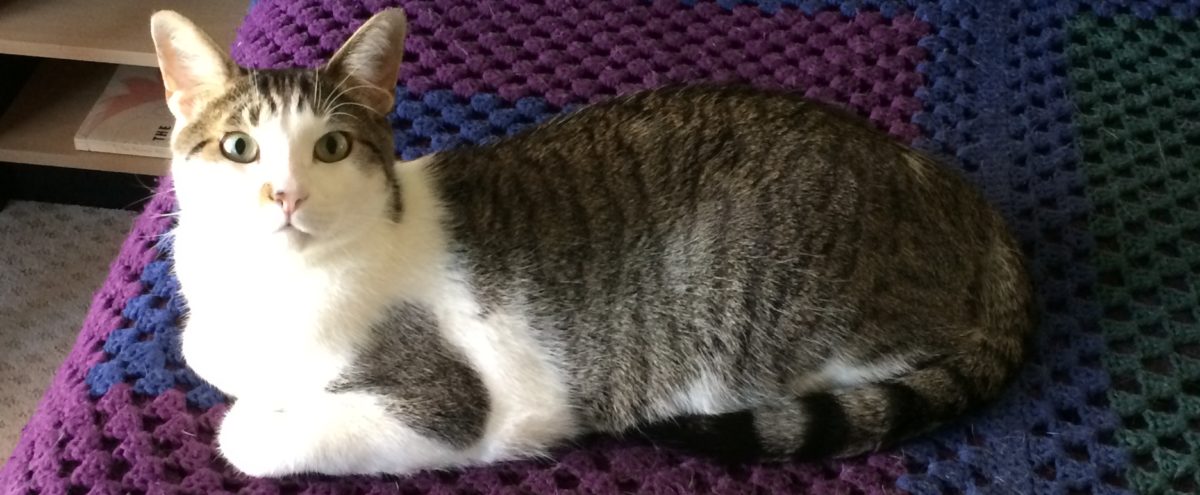My earliest memory is of the Apollo 11 moon landing, which occurred 40 years ago this week. What’s remarkable about this is that I was barely 6 months old at the time. Yet I remember it with remarkable clarity, and I’m convinced that it’s a real memory.
My specific memory of the landing itself is only of footage of men on the moon on TV, and it’s somewhat fuzzy. We lived in Cleveland, Ohio at the time, so the landing occurred at 3:17 pm local time, and Neil Armstrong stepped onto the moon’s surface at 9:39 pm local time. Whether we watched his descent as it was originally broadcast or watched a later broadcast or a news summary the next day, I have no idea.
My more specific memory is of my Mom taking me out to the balcony of our apartment at night and directing my attention to the moon, saying “There are people up there!” I recall thinking that I could actually see them on the moon while we were out there, although obviously I was imagining that; I might have even thought that seeing them on TV was the same thing as seeing them directly. It’s hard to say.
It’s possible this is just a constructed memory, although there seems to be a little evidence to suggest that it could be a true memory. I recall details like the little balcony we had, and the metal railing around it, details which were later confirmed to be accurate, which makes it feel real to me, but that’s hardly conclusive. I’ll probably never know, and I’m not really interested in arguing about it.
About returning to the moon? I think Charles Stross addressed the practical obstacles to going back pretty well. More blunt was a cartoon many years ago by Tom Toles which pointed out that there’s nothing on the moon, and nothing on Mars, either. Going there has no evident practical rewards, so the primary motivations for going there are not practical ones – and it’s hard to get funding for that. What practical rewards there are seem to be long-term and rather speculative ones.
I remember as a teenager talking to my friend Rob, who told me that he was frustrated – maybe even angry – that our presence in space had been cut back so much, and that he was probably not going to go into space or walk on the moon in his lifetime. I’m not sure why it’s never bothered me very much. Would it be nice to go into space? Well… maybe. Space travel is a high-risk endeavor, and unlikely to become either cheaper or safer anytime soon. If there were really somewhere to go then I might feel more strongly about it, but just experiencing zero gravity and walking on a dusty rock doesn’t hold a strong appeal for me.
Someday maybe something will change and humanity will finally head out to the planets and the stars. But I think in my lifetime all we’re going to have are our memories.















